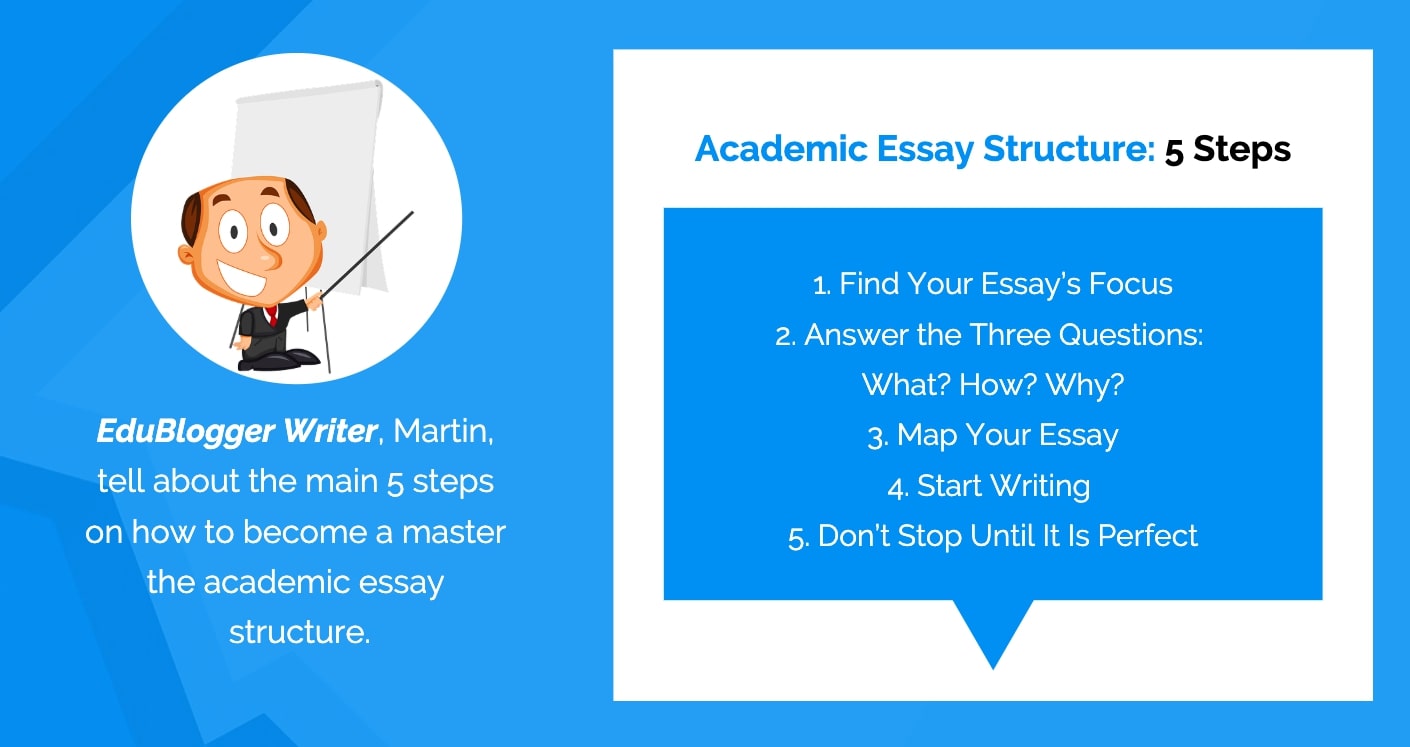
Essay Writing: One Part Art One Part Structure
Introduction
Essay writing is a fundamental skill that every student and writer must master. Whether you’re crafting an academic paper, a persuasive argument, or a personal reflection, the structure of your essay plays a crucial role in conveying your ideas effectively. In this comprehensive guide, we will explore the key components of a well-structured essay, delve into the art of creating an effective outline, and highlight common pitfalls to avoid during the writing process.
The Structure of an Essay
Understanding the basic structure of an essay is essential before you start writing. A well-organized essay consists of three main parts: the introduction, body, and conclusion.
- Introduction The introduction serves as the essay’s gateway, grabbing the reader’s attention and providing essential context for the topic. It typically consists of:a. Hook: Begin with a compelling hook that piques the reader’s interest. This can be a striking statistic, a thought-provoking quote, an anecdote, or a rhetorical question.b. Background Information: Provide necessary background information to familiarize the reader with the subject matter and its significance.c. Thesis Statement: Clearly state your thesis, which is the central argument or main point of your essay. This is the roadmap that guides your reader through your essay.
- Body The body of the essay is where you present your arguments and evidence in a clear, logical, and structured manner. It typically comprises multiple paragraphs, each centered around a single idea or point. Here’s how to structure the body effectively:a. Topic Sentences: Begin each paragraph with a clear topic sentence that introduces the main point or argument of that paragraph.b. Supporting Evidence: Provide supporting evidence, examples, facts, and quotations to bolster your claims. Ensure that your evidence is relevant and credible.c. Transitions: Use transitional phrases and words to smoothly connect ideas and paragraphs. This helps maintain the flow of your essay.d. Organization: Arrange your paragraphs in a logical sequence that builds upon the thesis statement. Consider using a chronological, cause-and-effect, or comparative structure, depending on the nature of your essay.
- Conclusion The conclusion is your opportunity to summarize your main points, restate your thesis, and leave a lasting impression on the reader. To craft an effective conclusion, include the following elements:a. Restate the Thesis: Reiterate your thesis statement, but avoid simply copying it word for word. Instead, rephrase it to remind the reader of your main argument.b. Summarize Key Points: Recap the main points you made in the body of the essay, emphasizing their significance and relevance.c. Closing Thoughts: Offer some final thoughts, insights, or questions that encourage further reflection on the topic.
Creating an Outline
Before you dive into the writing process, it’s crucial to create a well-structured outline. An outline acts as a roadmap for your essay, helping you stay organized and focused. Here’s a step-by-step guide to creating an effective essay outline:
- Choose a Topic: Start by selecting a clear and specific topic for your essay. Make sure it aligns with your assignment’s requirements or your writing goals.
- Research and Gather Information: Collect relevant information, data, and sources to support your arguments. Take notes and organize your research materials.
- Identify Your Thesis: Formulate a concise thesis statement that clearly states your main argument or point of view.
- Organize Your Ideas: Brainstorm the main ideas and arguments you want to include in your essay. Group related ideas together.
- Create a Hierarchical Structure: Use a hierarchical structure for your outline. Begin with the main sections (Introduction, Body, Conclusion), and then break down each section into subsections.Example Outline:I. Introduction A. Hook B. Background Information C. Thesis StatementII. Body A. Paragraph 1 1. Topic Sentence 2. Supporting Evidence B. Paragraph 2 1. Topic Sentence 2. Supporting EvidenceIII. Conclusion A. Restate the Thesis B. Summarize Key Points C. Closing Thoughts
- Add Details: Expand each subsection with more specific details, evidence, and examples.
- Maintain Consistency: Ensure that the structure and formatting of your outline are consistent throughout. Use a consistent numbering or bullet point system.
- Review and Revise: Take a moment to review your outline and make any necessary revisions. Ensure that your ideas flow logically and cohesively.
What to Avoid When Writing an Essay
Now that you understand the structure of an essay and how to create an outline, let’s explore common pitfalls to avoid during the essay writing process:
- Plagiarism: Never copy someone else’s work or ideas without proper citation. Plagiarism is a serious academic offense and can have severe consequences.
- Lack of Clarity: Avoid vague and ambiguous language. Be clear and concise in your writing, so your readers can easily understand your arguments.
- Off-Topic Rambling: Stay focused on your thesis and main points. Avoid going off on tangents or including irrelevant information.
- Ignoring the Audience: Consider your audience’s level of knowledge and interest in the topic. Tailor your essay to their needs and expectations.
- Poor Grammar and Spelling: Carefully proofread your essay to eliminate grammar and spelling errors. Use grammar-checking tools and seek feedback if necessary.
- Overly Complex Language: While it’s essential to convey your ideas accurately, avoid using overly complex language that may confuse your readers. Strive for clarity.
- Ignoring Formatting Guidelines: If you’re writing an academic essay, follow the formatting guidelines provided by your institution or instructor. Proper formatting demonstrates attention to detail.
- Inadequate Revision: Don’t submit your first draft. Take the time to revise and edit your essay for clarity, coherence, and overall quality.
- Failure to Cite Sources: Always give credit to your sources by citing them properly. Failing to do so can lead to accusations of plagiarism.
- Procrastination: Start early and allocate sufficient time for research, writing, and revision. Procrastination can lead to rushed, poorly constructed essays.
Conclusion
Mastering the art of essay writing requires a solid understanding of essay structure, the ability to create a well-organized outline, and vigilance in avoiding common pitfalls. By following the guidelines outlined in this comprehensive guide, you can elevate your essay-writing skills and effectively communicate your ideas to your readers, whether you’re crafting an academic paper, a persuasive argument, or a personal reflection. Remember that practice makes perfect, so don’t be discouraged if you encounter challenges along the way. With dedication and effort, you can become a proficient essay writer.


